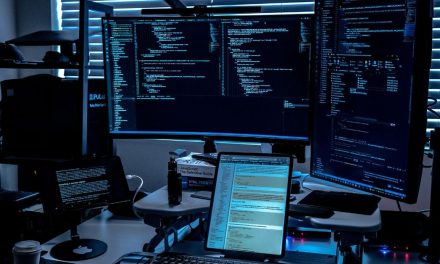The top cybersecurity investments businesses must make are in Multi-Factor Authentication (MFA), continuous Security Awareness Training for employees, a robust Endpoint Detection and Response (EDR) solution, a comprehensive Backup and Recovery system, and a well-practiced Incident Response Plan.
As of September 2, 2025, for businesses here in Rawalpindi and across Pakistan, spending on cybersecurity is not an optional cost; it is a critical investment in business resilience. In a world of escalating threats, the key is not to buy every tool on the market, but to invest strategically in the controls that provide the greatest return in risk reduction.
1. Multi-Factor Authentication (MFA)
What It Is: An authentication method that requires a user to provide two or more verification factors to gain access to an account, such as a password and a one-time code from their phone.
Why It’s a Top Investment: This is the single most effective and highest ROI investment a business can make. The vast majority of data breaches are caused by compromised credentials (stolen passwords). MFA is the essential safety net that stops these attacks in their tracks. Even if a hacker has an employee’s password, they cannot log in without the second factor. In 2025, a lack of comprehensive MFA is seen as a critical failure of due diligence by both regulators and cyber insurance providers.
2. Continuous Security Awareness Training
What It Is: An ongoing program to educate employees on how to recognize, report, and avoid cyber threats like phishing and social engineering.
Why It’s a Top Investment: Your employees are your human firewall, but they are also your biggest vulnerability. Technology alone cannot stop an employee from being tricked into clicking a malicious link. Continuous training, which includes regular simulated phishing tests, transforms your workforce from a liability into your most powerful security asset. The cost of a good training program is a tiny fraction of the cost of a single breach caused by human error.
3. Endpoint Detection and Response (EDR)
What It Is: An advanced form of endpoint security that goes beyond traditional antivirus. EDR continuously monitors all endpoints (laptops, servers) for suspicious behavior and provides the tools for real-time investigation and response.
Why It’s a Top Investment: In the era of remote work and sophisticated malware, the endpoint is the new perimeter. Traditional antivirus, which only looks for known malware “signatures,” is no longer enough. EDR is designed to detect the behavior of an attack—such as a file starting to encrypt other files (ransomware) or a legitimate system tool being used for malicious purposes (“living off the land”). It provides the deep visibility needed to spot and contain modern, stealthy attacks.
4. A Robust, Segregated Backup and Recovery System
What It Is: A comprehensive system for regularly backing up critical business data and ensuring that those backups can be quickly and reliably restored.
Why It’s a Top Investment: This is your ultimate safety net against a destructive ransomware attack. If your primary systems are encrypted and your data is held hostage, a clean, segregated backup is what allows you to restore your operations without having to pay the ransom. The key is that at least one copy of the backup must be immutable or air-gapped (physically disconnected from the main network) so that the ransomware cannot encrypt the backups as well.
5. A Well-Documented and Practiced Incident Response (IR) Plan
What It Is: A pre-defined, written plan that outlines exactly what steps your business will take in the event of a cybersecurity breach.
Why It’s a Top Investment: In the chaos of a real cyberattack, a well-practiced plan is the difference between a controlled crisis and a company-ending catastrophe. It minimizes downtime, ensures that evidence is preserved, and guides a clear communication strategy, all of which significantly reduce the financial and reputational damage of an incident. The investment is in the planning and regular “tabletop” practice exercises. This is one of the least expensive, yet most impactful, investments a business can make.





